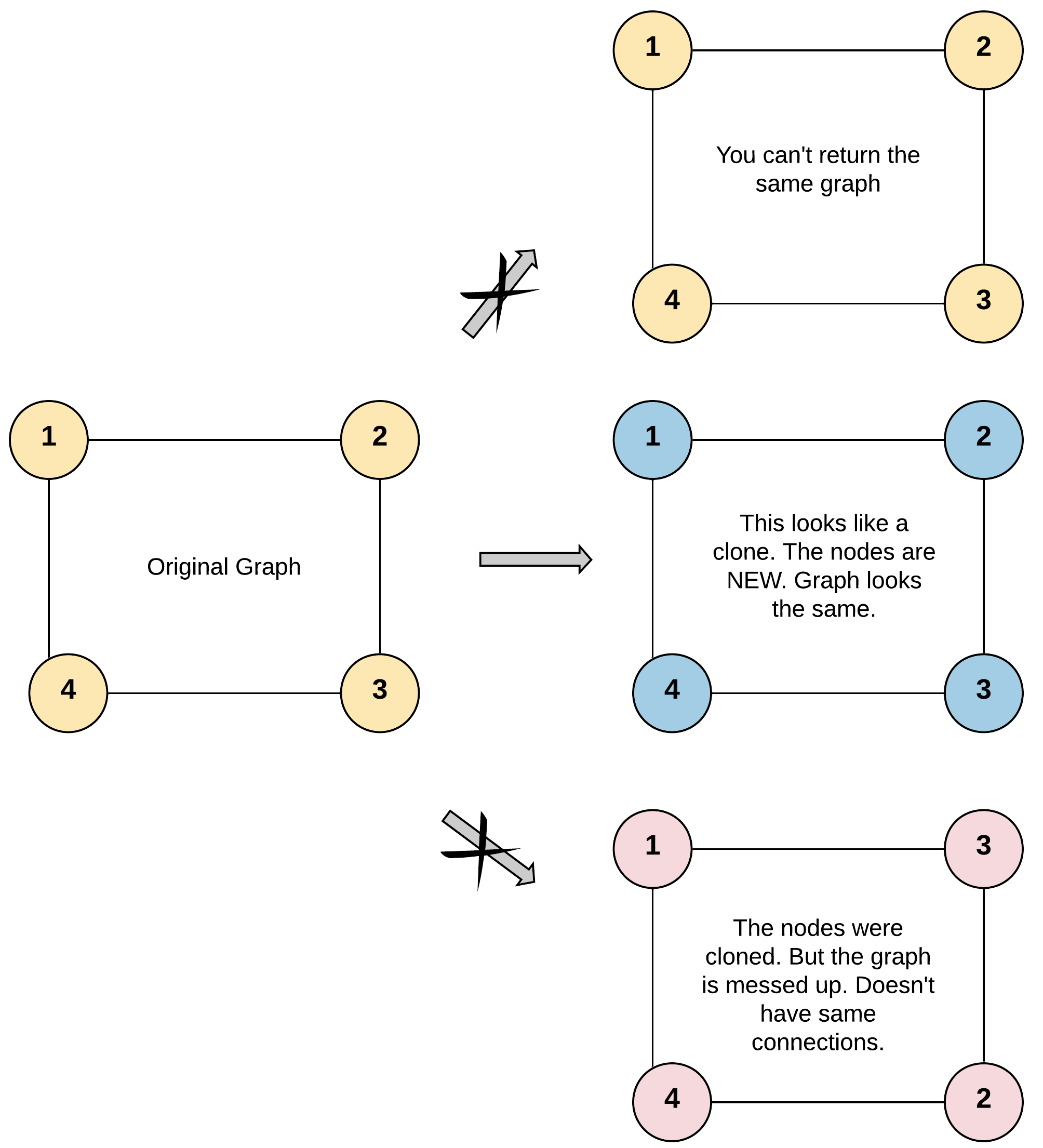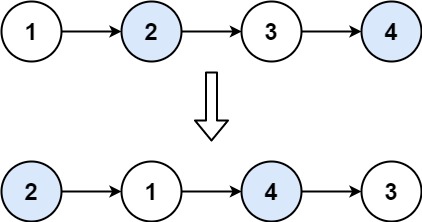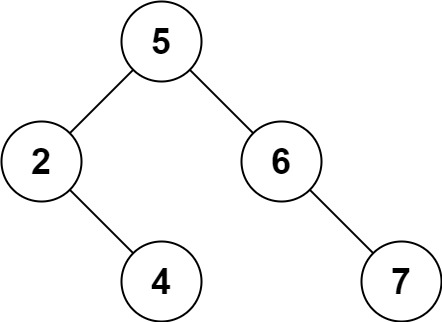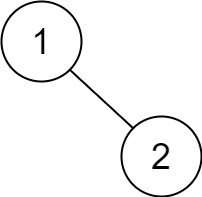Suppose an array of length n sorted in ascending order is rotated between 1 and n times. For example, the array nums = [0,1,2,4,5,6,7] might become:
[4,5,6,7,0,1,2]if it was rotated4times.[0,1,2,4,5,6,7]if it was rotated7times.
Notice that rotating an array [a[0], a[1], a[2], ..., a[n-1]] 1 time results in the array [a[n-1], a[0], a[1], a[2], ..., a[n-2]].
Given the sorted rotated array nums of unique elements, return the minimum element of this array.
Example 1:
Input: nums = [3,4,5,1,2] Output: 1 Explanation: The original array was [1,2,3,4,5] rotated 3 times.
Example 2:
Input: nums = [4,5,6,7,0,1,2] Output: 0 Explanation: The original array was [0,1,2,4,5,6,7] and it was rotated 4 times.
Example 3:
Input: nums = [11,13,15,17] Output: 11 Explanation: The original array was [11,13,15,17] and it was rotated 4 times.
Constraints:
n == nums.length1 <= n <= 5000-5000 <= nums[i] <= 5000- All the integers of
numsare unique. numsis sorted and rotated between1andntimes.
Idea:
Use Binary Search Template
- Time Complexity: O(logN)
- Space Complexity: O(1)
Solution:
/**
* @param {number[]} nums
* @return {number}
*/
var findMin = function(nums) {
// if only have one number
if (nums.length === 1) return nums[0];
let l = 0;
let r = nums.length;
// if this array is sorted
if (nums[0] < nums[r - 1]) return nums[0];
while (l < r) {
let mid = l + Math.floor((r - l) / 2);
// if previous element is greater than next element,
// next element is the smallest
if (nums[mid] > nums[mid + 1])
return nums[mid + 1];
if (nums[mid - 1] > nums[mid])
return nums[mid];
// first half is sorted: min is on right side
if (nums[mid] > nums[0])
l = mid;
else
r = mid + 1;
}
return -1;
};Solution 2:
var findMin = function(nums) {
return searchMin(nums, 0, nums.length - 1);
};
function searchMin(nums, l, r) {
// exit recursion:
// only one or two elements in the array
if (l + 1 >= r)
return Math.min(nums[l], nums[r]);
// this array is sorted
if (nums[l] < nums[r])
return nums[l];
let mid = l + Math.floor((r - l) / 2);
return Math.min(searchMin(nums, l , mid), searchMin(nums, mid + 1, r));
}















